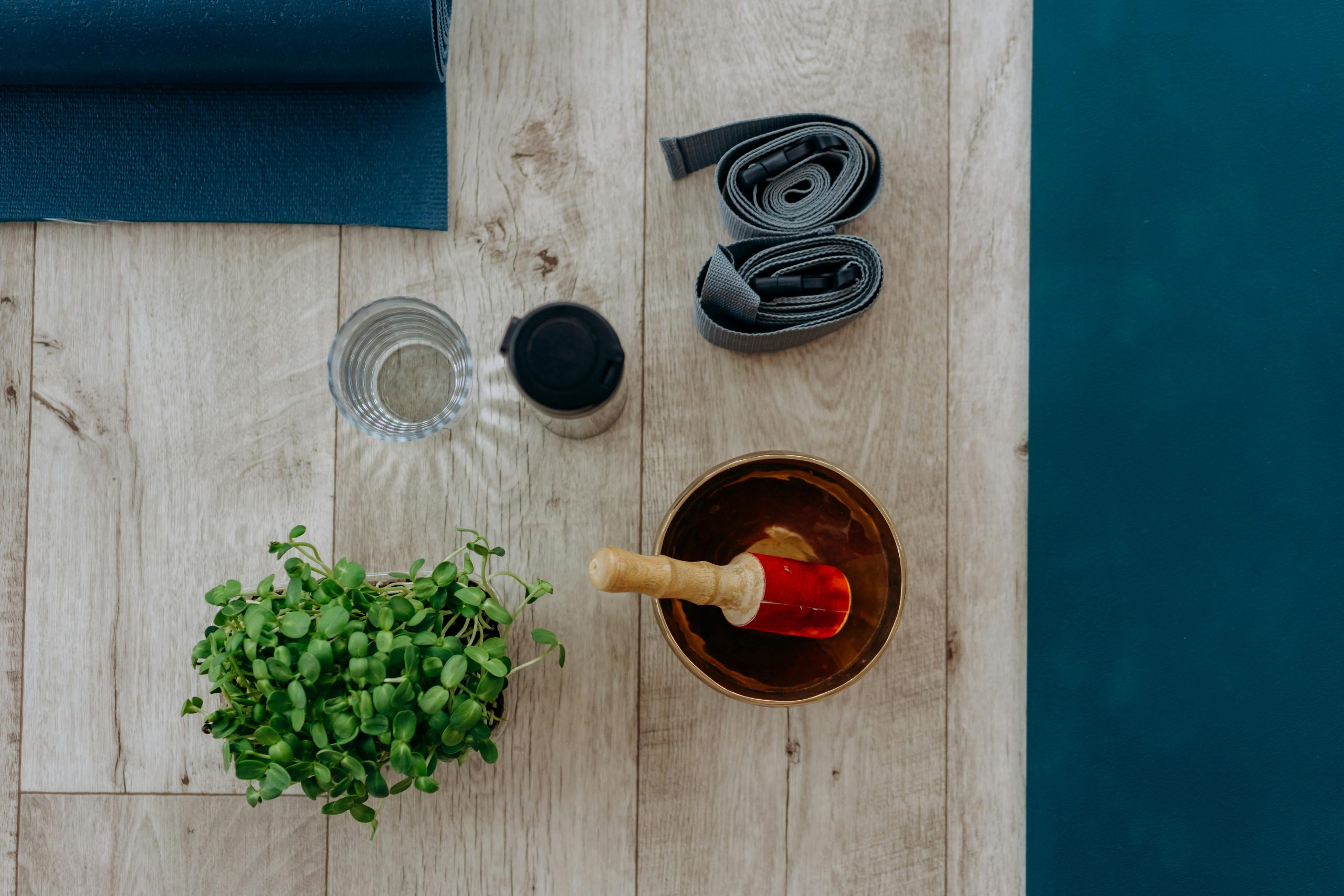Biophilic Design: Homes That Boost Mental Health Through Nature
In today’s hectic world, it’s no secret that many of us struggle with our mental health. The constant stress and pressure of daily life can take a toll on our well-being, leading to issues such as anxiety and depression. However, there is a growing trend in the design world that is taking a new approach to promoting mental wellness in the home. Biophilic design, or the incorporation of natural elements into indoor spaces, has been shown to have a positive impact on our mental health. In this article, we’ll explore how biophilic design can be implemented in homes to create a space that not only looks beautiful but also promotes a sense of calm and well-being. 
Biophilic Design: Bringing Nature Indoors
First, let’s delve into what exactly biophilic design is. The term was coined by American biologist Edward O. Wilson, who described it as “the innate tendency to seek connections with nature and other forms of life.” This concept has been incorporated into the world of design, aiming to create spaces that incorporate elements of nature to enhance our well-being. Biophilic design goes beyond just adding a few indoor plants; it involves the intentional inclusion of natural textures, patterns, materials, and lighting to mimic and enhance the experience of being in nature. By bringing elements of the outdoors inside, biophilic design creates a sense of connection and balance within the home.
The Mental Health Benefits of Biophilic Design
So, how does biophilic design actually benefit our mental health? Studies have shown that incorporating elements of nature into our indoor spaces can have a profound effect on our well-being. Here are some of the ways biophilic design can boost our mental health:
Improves Mood and Reduces Stress
One of the primary benefits of biophilic design is its ability to improve our mood and reduce stress. Nature has a calming effect on our minds, and being exposed to natural elements in our homes can help reduce feelings of anxiety and stress. Research has shown that simply looking at images of nature can have a positive impact on our mood. Imagine the effect of experiencing nature first-hand within the comfort of your own home.
Promotes Relaxation and Restful Sleep
Natural elements such as wood and water have been found to have a soothing effect on our bodies and minds, promoting relaxation and better sleep. Indoor spaces that incorporate these elements can create a peaceful and tranquil environment, helping us to unwind and get the quality rest we need. This is especially important as sleep is essential for our mental health, with lack of sleep having a negative impact on our cognitive function and emotional well-being.
Increases Productivity and Creativity
Another way biophilic design can boost our mental health is by increasing productivity and creativity. The incorporation of natural elements into workspaces has been found to improve focus and concentration, resulting in increased productivity. Additionally, being in a natural setting has been shown to enhance creative thinking and problem-solving skills. By bringing these elements into our homes, we can create an environment that promotes productivity and creativity.
Brings a Sense of Connection and Well-being
Incorporating biophilic design into our homes can also help create a sense of connection and well-being. As humans, we have an innate desire to be connected to nature, and by bringing it into our living spaces, we can fulfill this need. This sense of connection and belonging can have a positive impact on our mental health, promoting feelings of happiness and contentment.
Implementing Biophilic Design in Your Home
Now that we understand the benefits of biophilic design on our mental health, how can we incorporate it into our own homes? It can be as simple as adding a few indoor plants or incorporating natural materials such as wood and stone into your interior design. You can also consider installing large windows to bring in natural light and provide views of the outdoors. Water features, such as a small indoor fountain, can also be a great way to introduce the calming sound of flowing water into your home.
It’s important to note that biophilic design is not just reserved for large or luxurious homes. It can be implemented in any space, big or small, to promote mental wellness. Even small additions, like hanging plants or using natural materials in your decor, can have a significant impact.
In Conclusion
Incorporating elements of nature into our homes through biophilic design can have a profound impact on our mental health. By creating an environment that mimics and harnesses the power of nature, we can promote relaxation, reduce stress, increase productivity, and ultimately, improve our overall well-being. So why not add a touch of biophilic design to your home and reap the benefits of a nature-filled oasis within your own four walls.











